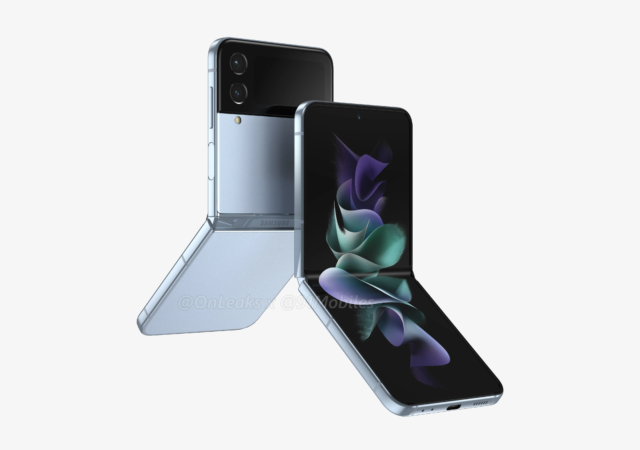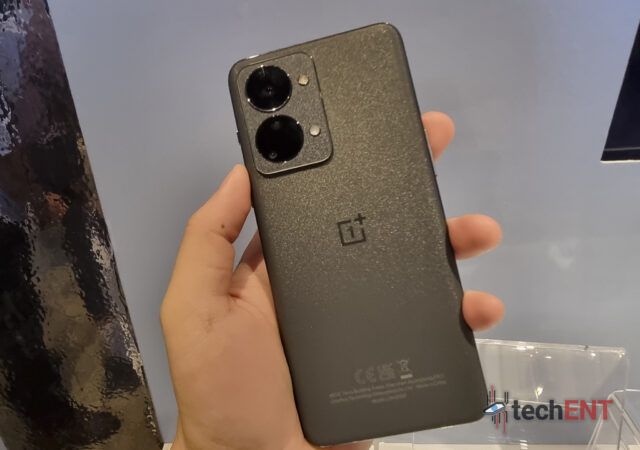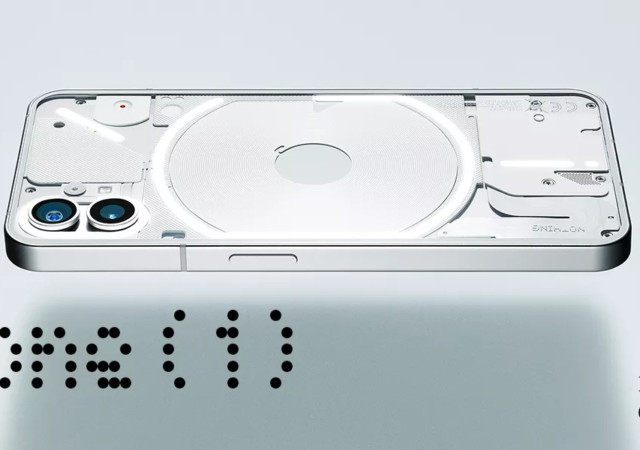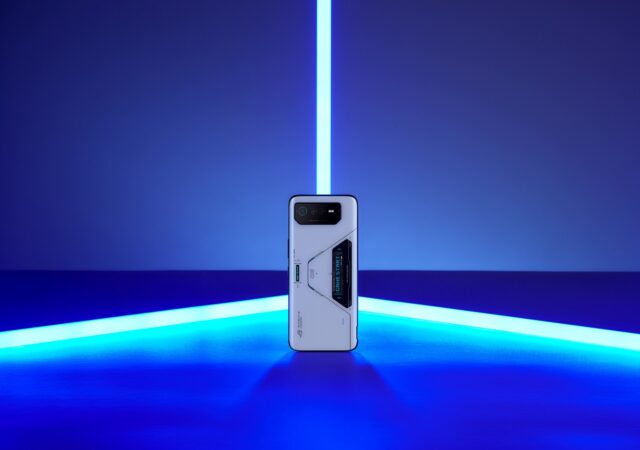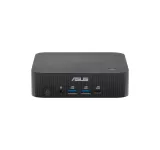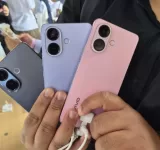Samsung unpacks the Galaxy Z Flip4 bringing added features and increased customizability and personalisation with the BESPOKE Edition.
HONOR X8 5G Available in Malaysia for MYR999
HONOR is addiing another affordable smartphone to its offerings complete with 5G connectivity with the new HONOR X8 5G.
Google Duo Meets Google Meet
Google Duo is finally going to be integrated into Google Meet. The merge and rebadging should come to all users by September 2022.
OnePlus Announces the OnePlus 10T 5G Without the Notification Slider But With 15 Antennae
The OnePlus 10T 5G is official with a focus on performance, battery life and never settling.
Samsung Galaxy Flip 4 Rumour Round-Up
Samsung’s set to debut its new foldables soon. Here’s everything that’s rumoured for the Samsung Galaxy Flip 4.
Audio Switching on Android, Coming Soon by Google
Google introduces a cleverer way to switching audio on your multipoint Bluetooth device with Fast Pair technology.
Move to iPhone They Said, WhatsApp Can Moved There They Said – Wait, What?
You can now officially move your WhatsApp data from an Android device to iOS device with little fuss via the Move to iOS app.
OnePlus Nord 2T 5G Hits Malaysian Shores for MYR 1,899 Onward!
OnePlus launches the new Nord 2T 5G ‘flagship killer’ mid-range smartphone with MediaTek Dimensity 1300 5G SoC for MYR 1,899 onward.
Much Ado About Nothing? Not Really… Meet the Nothing Phone (1)
Carl Pei’s Nothing is at it again trying to redefine a smartphone. He successfully redefined the flagship smartphone while he helmed OnePlus. Now, he’s taking another go at it with the Nothing Phone (1). The new smartphone defies expectations and…
The ROG Phone 6 series Officially Here For Those Who Dare
ASUS unveils their latest ROG Phone series with the ROG Phone 6 and ROG Phone 6 Pro which bring even more gamer centric features.






